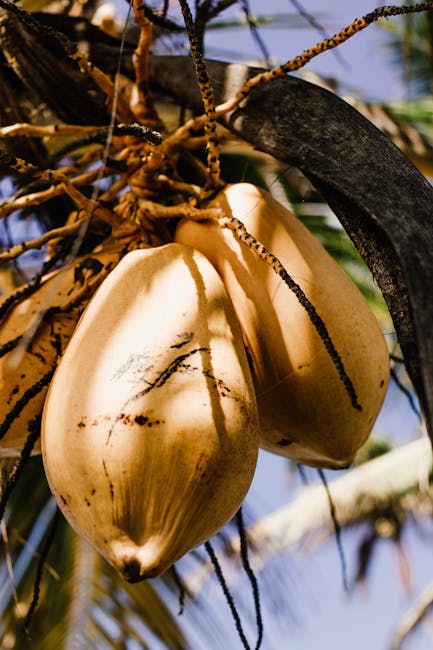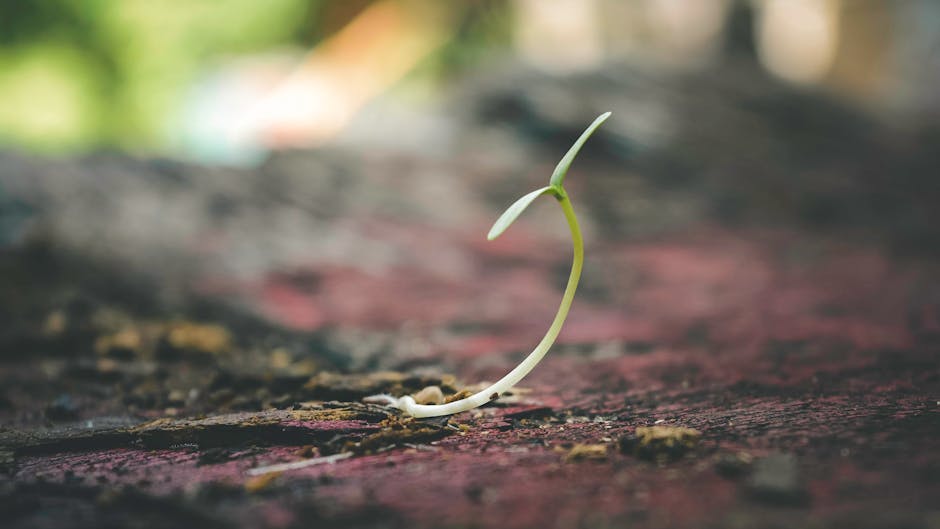Unlocking the Mysteries of the Mustard Seed Tree: From Tiny Seed to Towering Tree and Beyond
The parable of the mustard seed, found in the Gospels of Matthew, Mark, and Luke, speaks of a tiny seed growing into a large plant where birds could nest. While the parable is primarily a spiritual metaphor, it sparks curiosity about the actual plant – the mustard seed tree. But what exactly *is* a mustard seed tree? Is it a single species, or a broader category? This comprehensive guide delves into the botanical facts, cultural significance, and various uses of this remarkable plant, dispelling myths and exploring the fascinating realities behind this seemingly simple seed.
The Botanical Reality: More Than Just a Seed
The term “mustard seed tree” can be slightly misleading. There’s no single species scientifically classified as a “mustard seed tree.” Instead, the parable likely refers to plants in the family Brassicaceae, also known as the mustard family. Many species within this family produce small seeds, capable of growing into sizable plants. The most common candidates associated with the parable are species within the Brassica genus, which includes plants like black mustard (Brassica nigra), white mustard (Brassica alba), and brown mustard (Brassica juncea). These are typically annual or biennial herbs, not trees in the traditional sense. However, certain members of the Brassicaceae family can indeed achieve considerable height and size under the right conditions.
Understanding the Growth Habits
While not trees in the arboreal sense, some members of the Brassicaceae family can grow surprisingly tall, even reaching heights of several meters in ideal environments. This robust growth, from such a tiny seed, is what likely inspired the parable’s powerful imagery. The specific height and growth habit vary drastically depending on the species, climate, soil conditions, and other environmental factors. Some species are more bushy, while others can develop a more upright, almost tree-like structure, especially if they have access to ample water and nutrients.
Their rapid growth is a significant characteristic. They are often considered pioneer plants, quickly colonizing disturbed areas and open fields. This rapid growth also contributes to their ability to achieve substantial size in a relatively short time.
Beyond the Parable: Cultural Significance and Uses
The mustard seed and the plants it produces hold deep cultural significance across various societies. Beyond its religious symbolism, the mustard plant has a long history of practical applications.
Culinary Uses: A Flavorful History
The seeds of various mustard plants are widely used as a spice and condiment. Mustard powder, a staple in many cuisines worldwide, is derived from grinding the seeds. The pungency varies among different species, resulting in a diverse range of flavors, from mild and sweet to sharp and fiery. The leaves of some mustard plants are also edible, adding a peppery kick to salads and other dishes. This culinary significance has woven the plant firmly into the fabric of human cultures throughout history.

Medicinal Properties: Traditional and Modern Applications
Traditional medicine has long recognized the potential health benefits of mustard plants. The seeds and leaves contain various compounds believed to possess anti-inflammatory, antibacterial, and antioxidant properties. While further research is ongoing, some studies support the use of mustard plant extracts in treating certain ailments. However, it’s essential to consult with healthcare professionals before using mustard plant extracts for medicinal purposes.

Other Uses: Beyond Food and Medicine
The mustard plant’s versatility extends beyond culinary and medicinal applications. The oil extracted from mustard seeds is used in various industrial settings, including as a lubricant and in the production of soaps and detergents. The plant itself can also be used as a natural fertilizer, improving soil health.
Ecological Role: A Vital Part of the Ecosystem
Mustard plants, particularly the rapidly growing species, play a vital role in various ecosystems. They are often considered important components of certain habitats, attracting pollinators and providing food and shelter for various animals. Their ability to quickly colonize disturbed areas can contribute to ecological restoration and prevent soil erosion.

Supporting Biodiversity
The flowers of mustard plants are attractive to a wide range of pollinators, including bees, butterflies, and other insects. This contributes to the overall biodiversity of the ecosystem. The seeds serve as a valuable food source for birds and other animals.
Soil Improvement: A Natural Fertilizer
Mustard plants are known for their ability to improve soil health. Their roots help to break up compacted soil, improving drainage and aeration. When the plants decompose, they release nutrients back into the soil, enriching it for other plants. This is particularly beneficial in agricultural settings.
Dispelling Myths and Understanding the Parable
The parable of the mustard seed is not a literal botanical description but a powerful metaphor. While the image of a tree-sized mustard plant might seem fantastical, the rapid growth and surprising size achieved by some Brassicaceae species give tangible grounding to the parable’s message of unexpected growth and impact. The tiny seed, representing something seemingly insignificant, becoming a large plant that provides shelter and sustenance, aptly illustrates the parable’s spiritual significance.
Exploring Different Mustard Plant Species
The Brassicaceae family boasts a vast array of species, each with its own unique characteristics and uses. Here’s a closer look at some notable examples:
- Black Mustard (Brassica nigra): Known for its pungent seeds, widely used in mustard production.
- White Mustard (Brassica alba): Produces milder seeds, often used in milder mustards and as a food source.
- Brown Mustard (Brassica juncea): A hybrid species, favored for its oil and its role in culinary applications.
Further research into these and other species within the Brassicaceae family will reveal a wealth of information about their diverse roles in the world, from culinary uses and medicinal properties to their ecological contributions.
In conclusion, while the notion of a literal “mustard seed tree” may be a poetic exaggeration, the reality behind the imagery is just as captivating. From the humble seed to the robust plant, the mustard plant and its relatives continue to fascinate and inspire, reminding us of the power of small beginnings and the remarkable diversity of the natural world.

